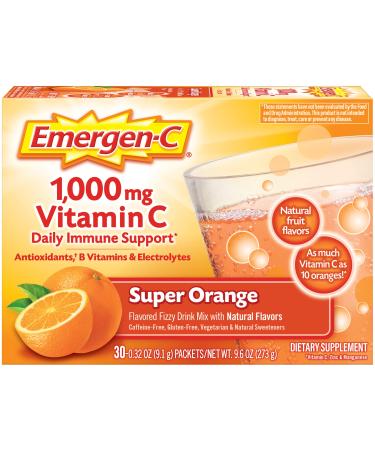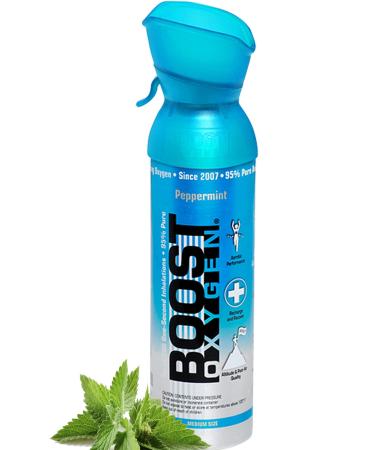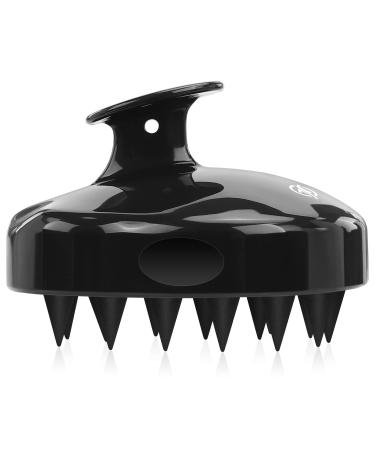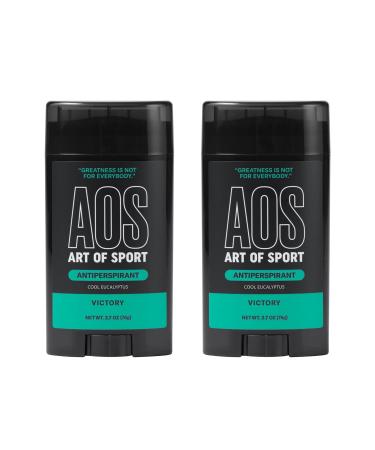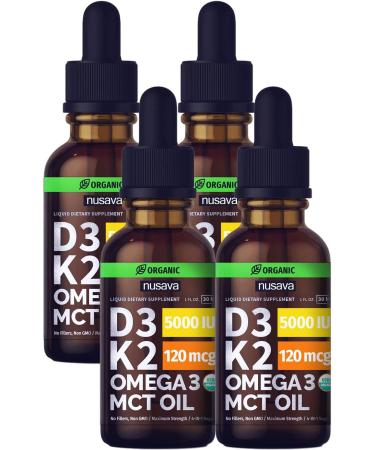We aim to be self-sufficient in the fruits that will grow well in and around Tiptree. It's almost certain that the jar of 'Tiptree' strawberry conserve you pick up in your local food shop will have been made with fruit grown on the 'Tiptree' estate. The same is true for the unusual varieties such as medlar, mulberry and quince, all grown at Tiptree.
Little Scarlet is a very special strawberry, an anachronism (lovely word!) in today's world. Today, strawberries are quite unlike the tiny, intensely flavoured fruit of two hundred years ago, whereas Little Scarlet strawberry never changed. Grown only at Tiptree, the fruit is difficult to grow, an unpredictable cropper that dislikes extremes of weather and won't keep once picked. The upside is that Tiptree's Little Scarlet conserve (James Bond's conserve of choice) is made only from our own carefully cultivated fruit.
Why do we persist in growing much of our own fruit, when there are usually cheaper imported varieties availableWe think that the British climate (generally speaking of course!) means slower ripening fruit which imparts a better flavour. We also reckon that we prefer to do things ourselves anyway, it means we can grow the varieties we want, look after them as we choose and pick them when we think they're at the peak of their perfection.
Fruits grown at Tiptree include strawberries, raspberries, cherries, loganberries, damsons, greengages, Victoria plums, medlars, mulberries, quinces and rhubarb. RhubarbAgreed, it's not strictly fruit, but it gets used as one and we're rather proud of our home-grown Timperley Early. The 'fruit' is used to make Rhubarb with Ginger Conserve and Rhubarb with Vanilla Conserve.
What's the most expensive jam made at TiptreeLittle Scarlet is the most expensive that's generally available, although crop shortages and rising demand mean that it can only usually be found in the second half of the year, after the June and July cropping season. More expensive still is the little-known mulberry conserve.



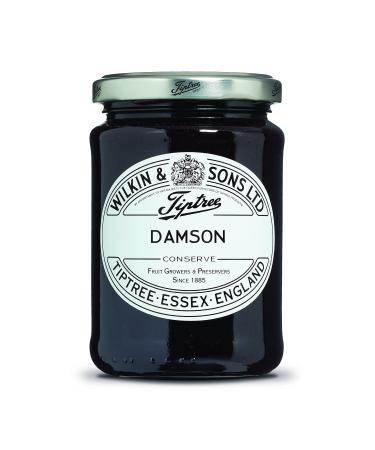
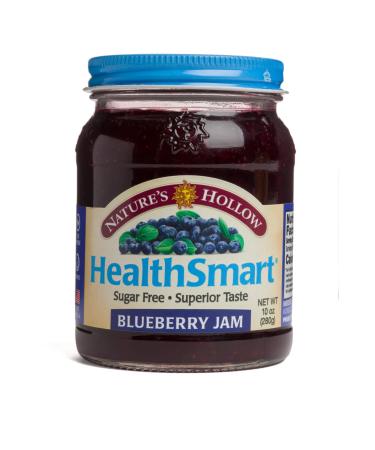
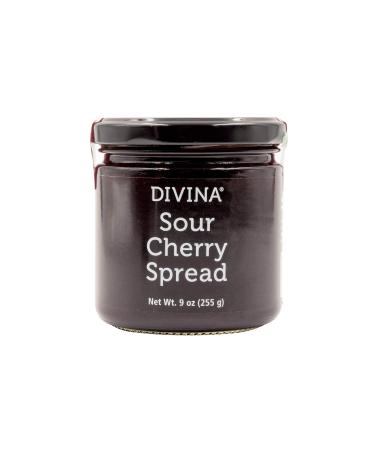



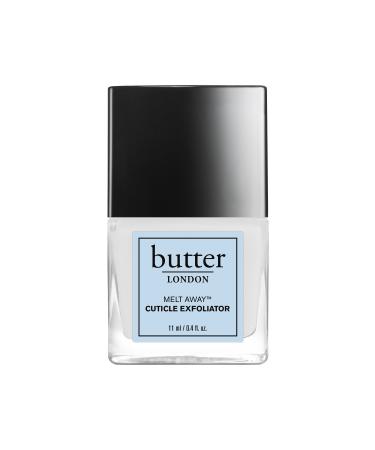
![Stewart Freeze Dried Dog Treats Made in USA [Single Ingredient Puppy and Dog Training Treats - Grain Free Natural Dog Treats] Resealable Tub to Preserve Freshness](https://www.gosupps.com/media/catalog/product/cache/25/small_image/375x450/9df78eab33525d08d6e5fb8d27136e95/6/1/61gwbbixarl._ac_sl1500_.jpg)
